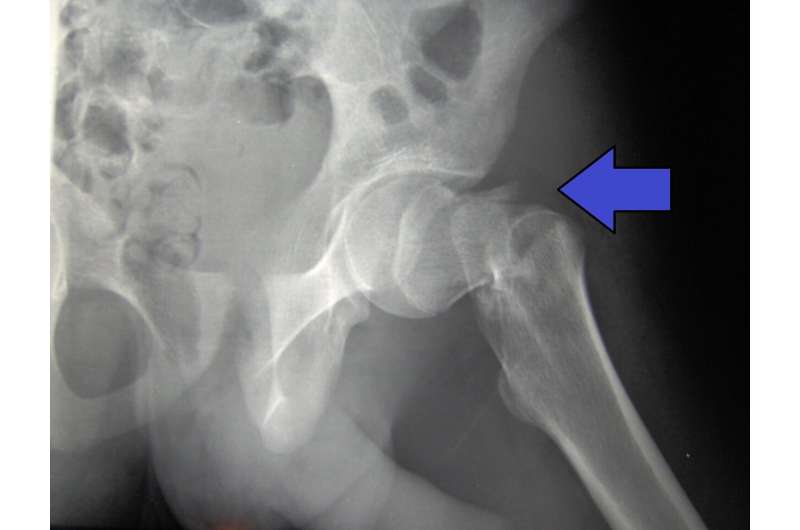
Survival after surgery to repair hip fracture has improved in New South Wales, but not for patients who were hospitalized without undergoing surgery, according to research published today by the Medical Journal of Australia.
Researchers led by Dr. Lara Harvey, a Research Fellow at the Falls, Balance and Injury Research Centre at Neuroscience Research Australia, analyzed data from emergency admissions of people with hip fracture as primary diagnosis with an external cause of low fall, linked with NSW Registry of Births, Deaths and Marriages mortality data.
“A total of 40, acyclovir vvv or hsv lesion 744 people were admitted to hospital with hip fractures during 2011–2018, 3,450 of whom (8.5%) did not undergo surgery,” Harvey and colleagues reported.
“A total of 3,403 people (8.4%) died within 30 days of admission to hospital (surgery group, 2,522 patients [6.8%]; no surgery group, 3,403 [25.5%]); 9,644 of the 36,088 people (26.7%) for whom 12-month follow-up data were available had died within 12 months (surgery group, 8,356 of 33,011 [25.3%]; no surgery group, 1,288 of 3,077 [41.9%]).
“The proportion of patients who did not undergo surgery declined from 9.1% in 2011 to 8.0% in 2018.
“After adjusting for age, sex and comorbidity, 30-day mortality declined from 8.4% in 2011 to 8.1% in 2018. Among patients who underwent surgery, mortality declined from 6.9% in 2011 to 6.4% in 2018, but the rate for those who did not undergo surgery did not decline significantly.
“Changes in adjusted 12-month mortality were similar: overall decline, from 26.6% in 2011 to 26.0% in 2017; surgery group, –2.8%; no surgery group, 3.7%.”
The number of older people with hip fractures is expected to increase as the population ages, particularly among the oldest old (aged 80 years or more) and those with conditions such as dementia, increasing the complexity and costs of care. Mortality associated with hip fracture is higher for men, people of more advanced age, and those with greater comorbidity.
In Australia, the development of hip fracture care guidelines, a national clinical care standard, and a clinical quality registry started in 2012, the authors explained.
“Reductions in 30-day and 12-month mortality after hip fracture surgery have also been reported in other countries where guidelines, care standards, and hip fracture audits have been introduced,” they wrote.
“Our findings may also reflect the impact of factors such as improved peri- and post-operative management, as reported for other major orthopedic procedures.
Source: Read Full Article
